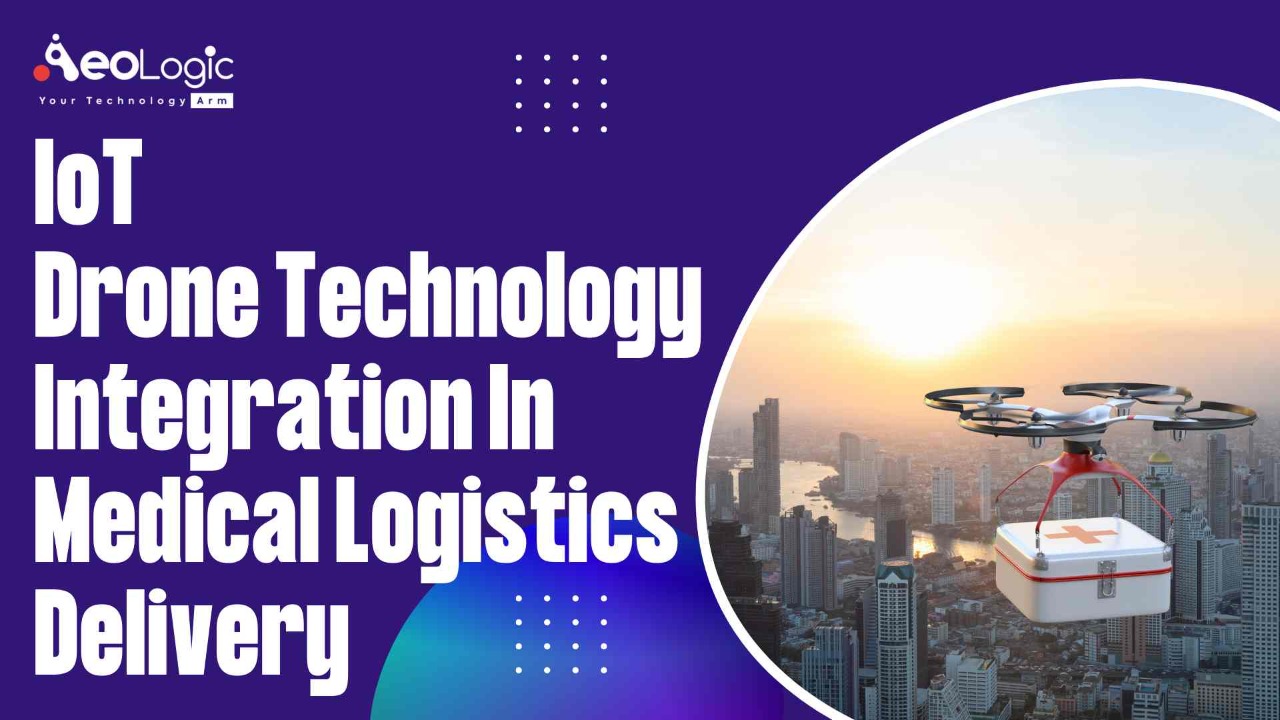In most places in the world, it is quite convenient for people to visit hospitals and get medical supplies. But in some areas, the need for better medical supplies is getting an increase year by year. To overcome this challenge, drone technology is getting implemented.
In this blog, you’ll learn about the use of drones in the delivery of medical supplies.
So let’s begin!
Drone Delivery Services
In the past few years, there has been a lot of buzz around the possibility of drone delivery services. Most think companies like Amazon will be the first to deploy drones in their distribution centers, but few realize the technology is already in use for a far greater purpose in the developing world.
Many retailers offer same-day deliveries, but behind closed doors, companies are now focusing on instant deliveries. The goal is only 30 minutes, from the click of the “order now” button to the tangible products in our hands. The most expensive part of every delivery company is the final mile or so of a product’s journey. As it leaves a shipping container and steps away from the truck’s vessel, it enters the small vehicle yet, vans and sometimes cars. In spite of carrying tons of products, a driver can now only carry a few dozen. Not only this, but employing thousands of drivers come at an incredible cost to shipping companies. Nowadays, companies have been toying with the idea of cutting out these final employees with autonomous machines.
Use Of Drones In The Delivery Of Medical Supplies
As per reports, more than two billion people across the world lack access to essential medical products, like blood and vaccines, due to poor quality or even non-existent infrastructure. Don’t you think? That medical supplies, by nature, need to be on hand quickly. During the childbirth, if a mother is bleeding out, she cannot afford to wait 3 hours for blood to arrive.
But with the advancements in technology, overcoming these challenges has become now achievable. One such technology is, drones, along with the internet of things (IoT) technology. Over the past few years, the medical industry around the world, especially in rural areas, have started implementing drone for their deliveries. This evolution in the medical industry not only benefits the patients as they are getting quick supplies for medical requirements. But it is only benefiting the medical stores and hospitals by increasing their reach.
Also, read our blog on “The Role of AI and Machine Learning in Revolutionizing Clinical Research”
How does drones in the delivery work?
To explain its workflow in a better way, let us simplify it into a few steps. Hence, the following are the steps:
- When an order is received to a medical supplier. They immediately start making their way through the usual packaging process before finding in a special box, designed to be carried out by one of the company’s drones.
- After being picked up by one of these, the drone is carried to an outdoor take-off spot on a mini rail network. It’s not until it’s outdoors that the fully electric motors spin into action, ready for take-off.
- After this, the drone will ascend vertically, and reach an altitude of less than 400 feet before it actually begins its journey to the customer’s house.
- Just like the self-driving car, the drone houses a number of special sensors to help it understand its surroundings. Including GPS, visual, thermal, and sonar detectors.
- This allows it to paint 3D pictures of the world around, including obstacles on the ground like people, telephones, wires, and buildings as well as airborne intrusions such as hot air balloons and another drone.
- At the customer’s house, when the drone arrives, it automatically begins to scan for a safe landing spot.
Just like cars, various models will be designed for different environments. Some are suited to the agile nature of the city centers, and some are suited to the high-speed crossings of rural areas. Once the delivery has been successfully made, the drone returned to the fulfillment centers before embarking on another mission.
Conclusion:
To sum up, the use of drones in the delivery of medical supplies is the next step toward the advanced medical industry. Patients living in rural areas where the infrastructure is not so optimum that medical supplies can reach them quickly. In such scenarios, the use of drones in the delivery of medical supplies will be highly beneficial. Not to mention, even people in the cities will get benefit from the delivery of medical supplies by drones as it saves time, costs, and energy for both the patients and the supplier.
Are you looking forward to use drones in the delivery of medical supplies? If yes, so, please feel free to contact us at support@aeologic.com









